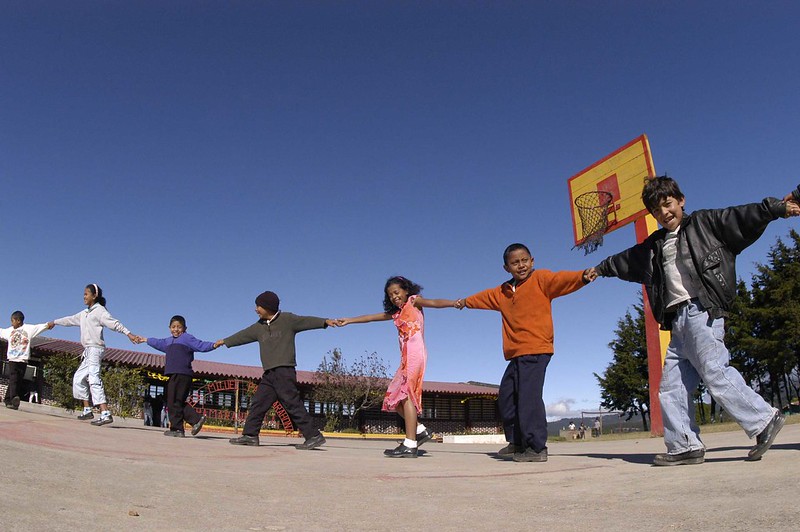 Honduras, located in South America, faces significant challenges related to poverty, inequality and social unrest. According to the World Bank, half of the country’s population is impoverished, with a rate of 51.3% as of 2023. Poverty has left many Hondurans struggling to meet basic needs such as food, education and health care. In response, several charities are fighting against poverty in Honduras, providing essential services and support to the most vulnerable populations.
Honduras, located in South America, faces significant challenges related to poverty, inequality and social unrest. According to the World Bank, half of the country’s population is impoverished, with a rate of 51.3% as of 2023. Poverty has left many Hondurans struggling to meet basic needs such as food, education and health care. In response, several charities are fighting against poverty in Honduras, providing essential services and support to the most vulnerable populations.
CEPUDO Honduras
CEPUDO Honduras, one of the charities fighting poverty in Honduras, has empowered communities by providing them with the tools they need to succeed. With a mission to develop communities and eradicate extreme poverty, CEPUDO works closely to provide shelter for those in need> Furthermore, they reduce hunger through monthly aid. The organization also focuses on improving access to education and health care. By working with a network of volunteers and donor organizations (such as Food for the Poor), CEPUDO has created long-lasting change in the communities it serves.
Additionally, CEPUDO Honduras has been involved in numerous projects to cultivate integral communities nationwide. These initiatives focus on essential aspects of basic living, including agriculture, infrastructure, education and access to clean water. The organization has established 26 communities nationwide, building approximately 20 schools and 45 water wells annually. Its mission also extends to health care, where it helps construct clinics and provides medical supplies to hospitals and health centers in Honduras through its partnership with Food for the Poor.
Feed the Children
Feed the Children is an international nonprofit organization that has been active in Honduras for several years, focusing on alleviating child hunger and malnutrition. The organization’s work in Honduras is part of a broader global effort to ensure that no child goes to bed hungry. Feed the Children’s approach in Honduras involves a combination of direct food distribution, educational support and community development programs designed to address the underlying causes of hunger.
In Honduras, Feed the Children operates feeding programs that provide nutritious meals to children in schools and community centers. These meals are often the only reliable source of nutrition for many children, helping to improve their health, concentration and academic performance. Beyond feeding programs, the organization also works to empower 10 different communities in the country by teaching parents and caregivers about ways to generate income and save money, along with providing vocational training. By focusing on the well-being of children, Feed the Children is not only addressing immediate hunger but also contributing to the long-term development of communities in Honduras.
Honduras Hope
New Hampshire-based Honduras Hope is a grassroots organization dedicated to improving people’s lives in rural Honduras through health care, education and community development. Endorsed by the United Federal GiveDirect Campaign as one of America’s best charities, the organization operates in some of the country’s most impoverished and remote areas, where access to essential services is limited or nonexistent. Honduras Hope’s mission is to empower these communities by providing the resources and support needed to overcome the challenges of poverty.
One of the core components of Honduras Hope’s work is its health care initiative. The organization provides a weekly nutrition program for San Jose and Plan Grande young children. In addition to health care, Honduras Hope is deeply involved in education, providing uniforms, school supplies, scholarship support, tutoring and a supervised boarding house for students attending school via long-distance travel. Through the approach above, the organization is helping to lift entire communities out of poverty and create a brighter future for the next generation.
Action Against Hunger
In Honduras, Action Against Hunger implements programs that address acute and chronic malnutrition, ensuring that children and families have the nutrition they need to survive and thrive. The organization also responds to emergencies, such as natural disasters and food crises, by providing food aid, clean water and other essential resources. Additionally, Action Against Hunger is actively involved in advocacy, raising awareness about the root causes of Hunger and pushing for policy changes to help reduce poverty and improve food security in Honduras. Last year, the organization helped more than 150,000 people in Honduras, demonstrating its commitment to eradicating global hunger.
Conclusion
The fight against poverty in Honduras is a strenuous process. However, organizations like CEPUDO Honduras, Feed the Children, Honduras Hope and Action Against Hunger significantly improve the lives of those in need. Through their combined efforts in education, health care, nutrition and community development, these charities provide hope and opportunity to the most vulnerable populations in Honduras.
– Christian Core
Christian is based in Princeville, HI, USA and focuses on Good News for The Borgen Project.
Photo: Flickr
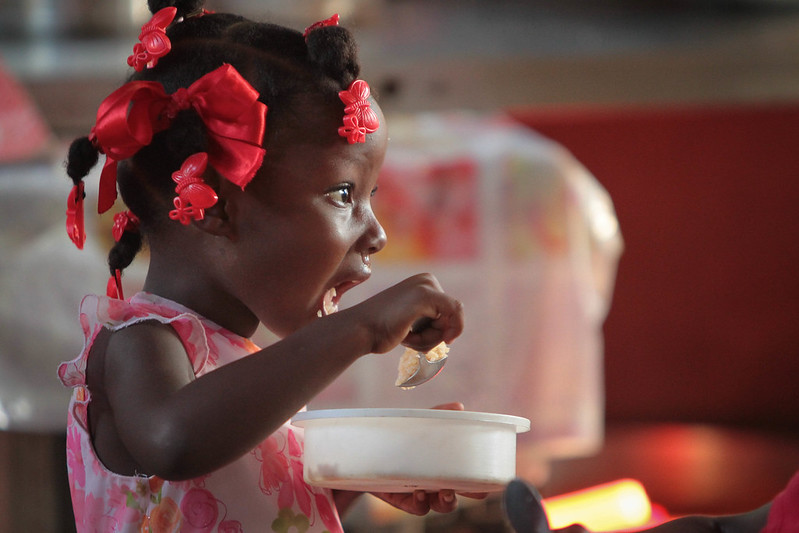
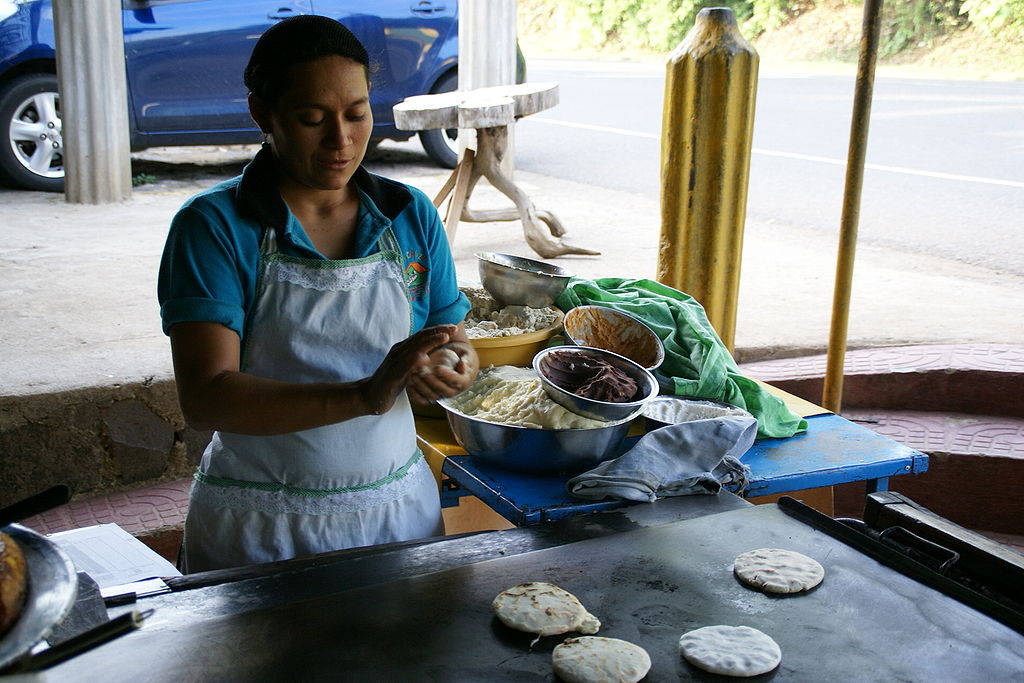
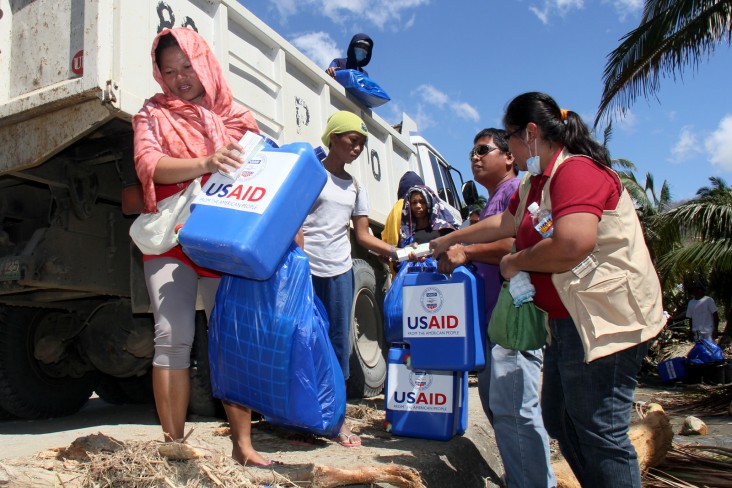
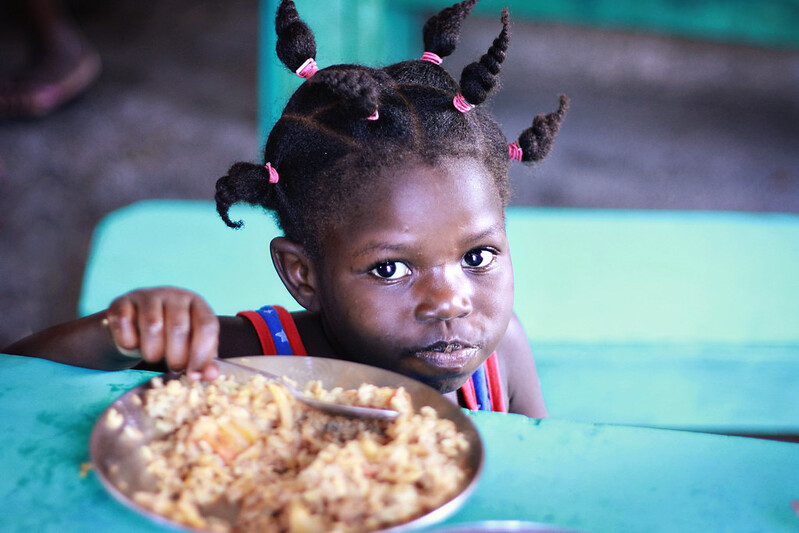
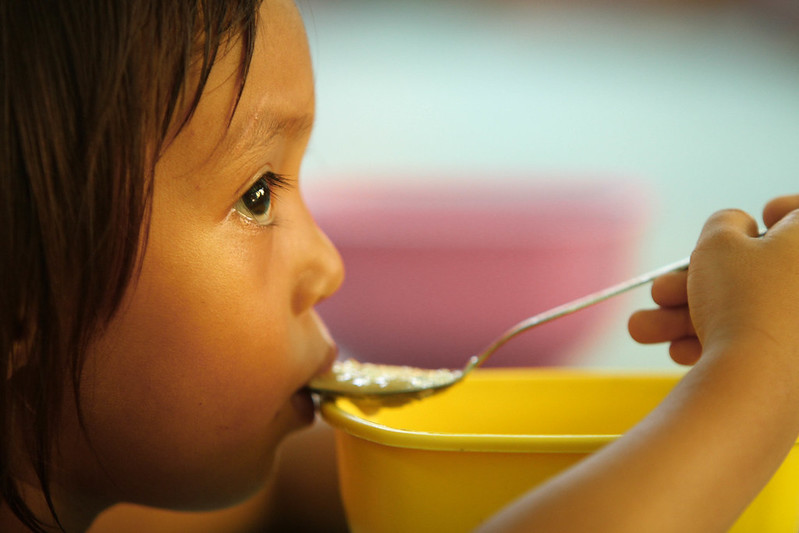
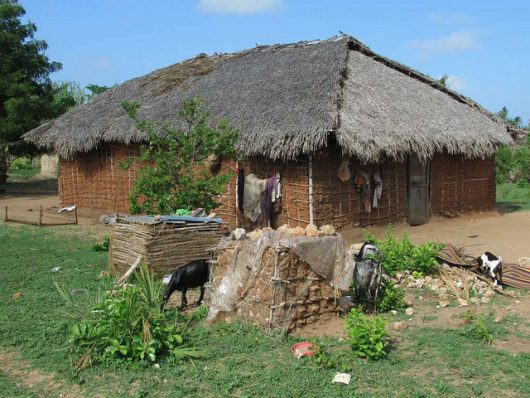 There are many countries in need of foreign assistance. Among
There are many countries in need of foreign assistance. Among 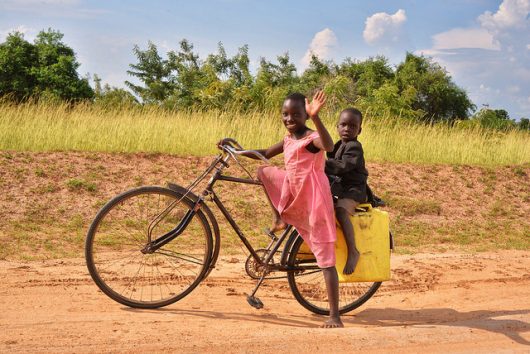
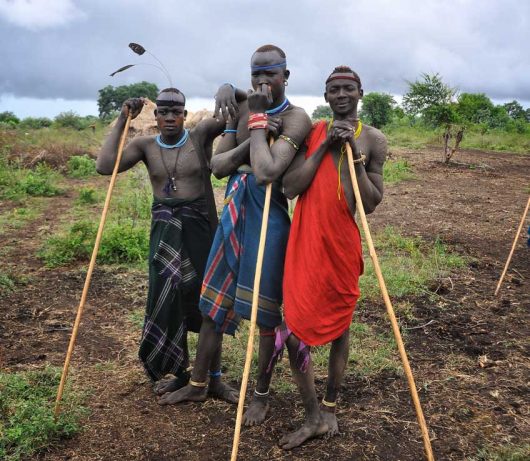 Hunger in Kenya is a prominent issue, with
Hunger in Kenya is a prominent issue, with 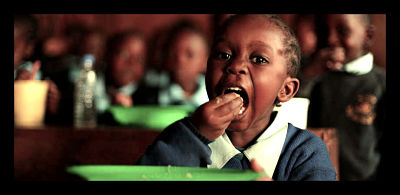 Every single day, families all across the world struggle to provide food for their children. The harsh effects of world hunger and malnutrition are shocking. In 2010, nearly 7.6 million children lost their lives. Of these children, nearly half died due to hunger and poor nutrition.
Every single day, families all across the world struggle to provide food for their children. The harsh effects of world hunger and malnutrition are shocking. In 2010, nearly 7.6 million children lost their lives. Of these children, nearly half died due to hunger and poor nutrition.